The skin is not just the biggest organ in our bodies, but it is also the most exposed organ considering that about 80% of the skin is on the surface. Here are some essential first aid guides that can help you in looking great if you take care of your skin in case of a fire emergency.
The skin plays a considerable role in our bodies. It keeps body fluid intact and regulates body temperature. It also protects other body organs against disease-causing bacteria and viruses. If a significant area of the skin is injured, first aid burns should be carried out immediately, otherwise, the skin may lose its ability to perform its functions.
Structure and Anatomy of the Skin
It is important to understand the anatomy of the skin before carry out first aid burns since you will be able to understand the extent of the damage caused. The amount of damage caused also depends on many factors including, the type of burn, the location, depth, and the total surface area affected. The skin is made up of three main layers. The outer most layer is known as the epidermis, the inner layer known as the dermis and the innermost layer known as the hypodermis or the subcutaneous tissue. The dermis is made up of elastic fibers and collagen. It is where blood vessels, hair follicles, and sweat glands are located. The subcutaneous tissue plays a significant role in temperature regulation and it is also where you can find nerves and other large blood vessels.
Classification of Burns
Burns are usually classified into three classes depending on their depth. First degree burns are majorly on the surface leading to a bit of inflammation of the skin. Sunburns are an excellent example of first-degree burns. Second-degree burns are deeper than first degree burns. Besides the pain, the victim may also experience blistering, redness and inflammation of the skin. Third-degree burns are the worst as they damage all the three layers of the skin.
The burns may be caused by anything, but the most common include general fire, electrical burns, and chemical burns. Electrical burns are the most lethal since they flow through the body damaging other vital cells, organs, and nerves. Furthermore, it is not easy to identify the entry and exit points of the shock. As electricity flows through the body, it may damage critical muscles leading to muscle breakdown. As a result, harmful chemicals can be released into the bloodstream of the victim which may cause kidney failure due to electrical disturbances.
Chemical burns are also fatal. The burns may be a result of chemical spillage on the body causing a chemical reaction that produces heat. Such burns are often characterized according to their acidity or pH. Acids have a pH of less than seven and may include acetic, sulfuric and hydrochloric acid. Alkali or bases contain a pH that is more than 7.
First aid for Second and Third-Degree Burns
1. Transfer the victim from the location of the fire to a safe place.
2. Remove the victim’s clothing or any other burning material from the body of the victim.
3. Seek immediate medical attention by calling 911 or any emergency response nearby.
4. Once the patient is in a secure location, try keeping them warm and still until the medics arrive. You can use a clean sheet to wrap the wound. Never use cold water from the victim as it may drop their body temperature resulting in a medical condition known as hypothermia.
First aid for Minor Burns
Performing first aid for minor burns such as first-degree burns is more comfortable since they are not as complicated as second and third-degree burns.
1. Clean the affected area gently using lukewarm water.
2. Remove constriction items such as bracelets or rings from the victim as the areas may become swollen due to inflammation.
3. Dress the wound using topical ointment antibiotics.
4. If you suspect the burn is deeper and may become a second or third-degree burn, then you should take the victim to a hospice nearby without wasting much time.
5. The victim should update his/her tetanus immunization if necessary or as advised by the doctor.
The best thing you can do for a victim of electric burn is to switch off the source of power and take them to see a doctor immediately.
First aid for Chemical Burns
1. Take the person way from the chemical, causing the burns.
2. Identify which chemical was the victim in touch with
3. Call a nearby poison center as you rush the victim to the hospital. This is because many chemicals are very harmful and may cause life-threatening injuries.
4. If the victim had a chemical burn in the eye, he/she should seek immediate medical intervention.







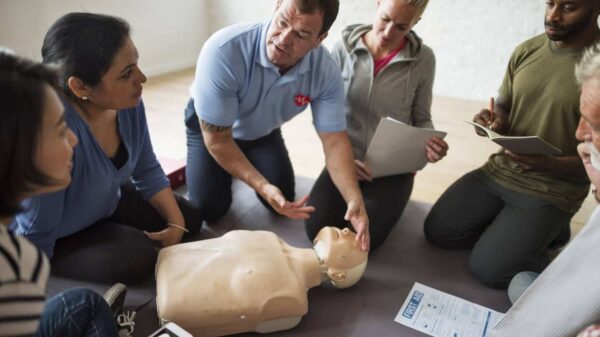



















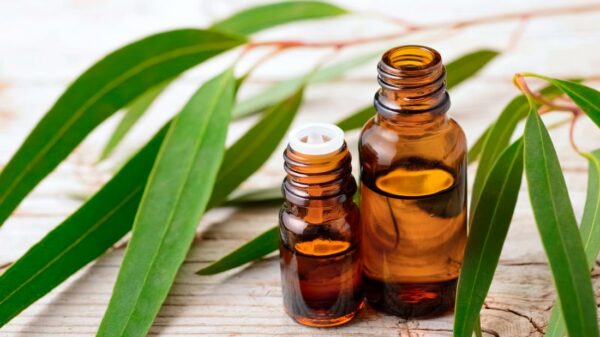

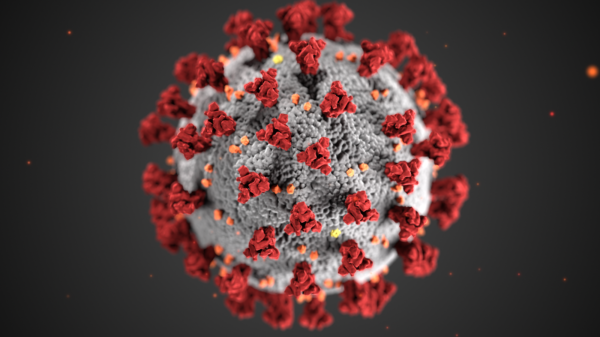
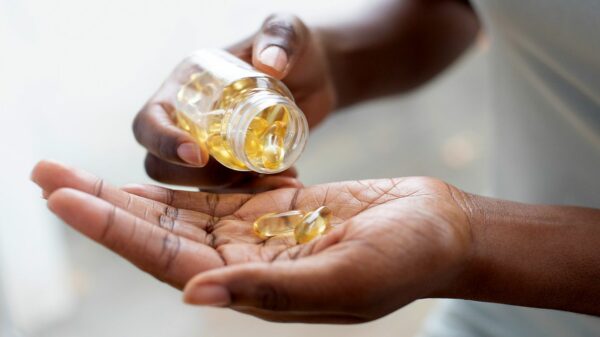










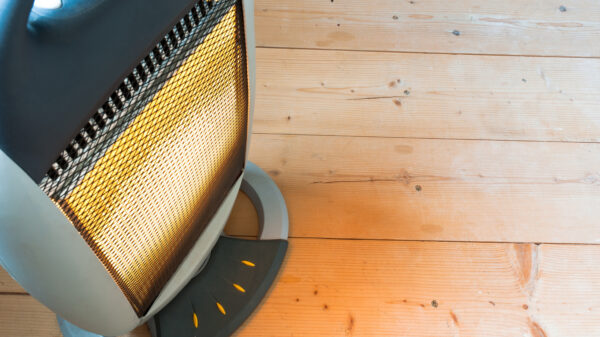





















You must be logged in to post a comment Login